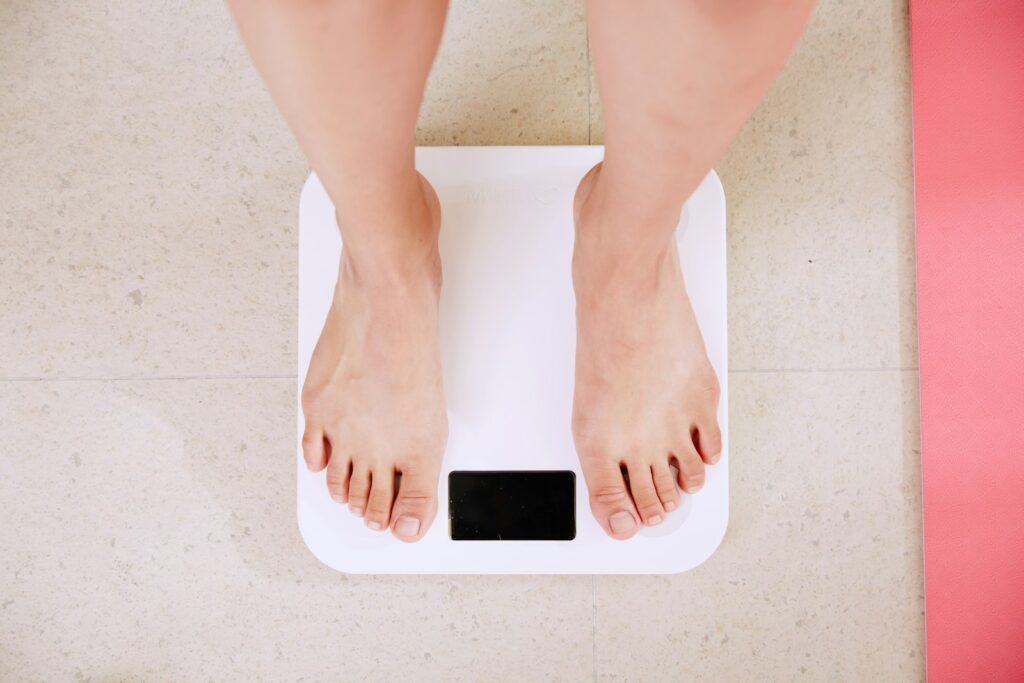This Post Contains Affiliate Links. Please Read Our Disclosure for Full Information.
Hey babe! 🌸
You know how Japanese women are always serving slim, radiant, graceful vibes? It’s not just good genes—it’s lifestyle, culture, and centuries-old habits that keep them glowing and slim without crazy dieting.
I’m bringing you the top 10 Japanese weight loss hacks that are simple, doable, and totally worth stealing if you’re on your glow-up journey. Let’s make it fun, not stressful! 💪👇

🍚 1. Practice Hara Hachi Bu (Eat Till You’re 80% Full)
✅ In Japan, people stop eating when they’re 80% full, not stuffed.
✅ This prevents overeating and gives your body time to signal “I’m full” without going overboard.
🍵 2. Drink Green Tea Like It’s Your Job
✅ Matcha and green tea are loaded with antioxidants and gently boost metabolism.
✅ Plus, it helps curb cravings. Sip, glow, repeat.
🥢 3. Eat More Fermented Foods (Gut Health = Slim Waist)
✅ Kimchi, miso, natto, and pickled veggies help with digestion, gut balance, and fat loss.
✅ Your gut is basically your second brain—keep it happy.
🐟 4. Go Heavy on Fish, Light on Red Meat
✅ Japanese meals favor grilled fish, seaweed, and veggies—all light, nutrient-packed, and metabolism-friendly.
✅ Less red meat = less bloating & more balance.
🚶♀️ 5. Walk Everywhere (Seriously)
✅ In Japan, walking is a daily ritual, not just a workout.
✅ More walking = calorie burn, mental calm, and natural weight loss without stressing about “exercise.”
🍚 6. Prioritize Rice Over Bread
✅ White rice (in small portions) is a staple in Japan and is easier on digestion than heavy bread and processed carbs.
✅ Pair with veggies and lean protein for balance.
🍲 7. Soup Before the Main Meal
✅ Starting with a light broth or miso soup helps you feel full faster = less overeating.
✅ It’s cozy, satisfying, and so Japanese.
🥗 8. Make Veggies the Star of Every Meal
✅ Veggies come first in Japanese plates, always.
✅ More fiber, vitamins, and fewer empty calories = a slimmer, happier you.
🍶 9. Smaller Plates = Smaller Portions
✅ Japanese meals are served in cute, tiny plates that naturally help with portion control.
✅ Visual trick? YES. Effective? Also YES.
🍓 10. Mindful Eating = Happy Body
✅ The Japanese eat slowly, mindfully, without rushing—they actually savor each bite.
✅ Slower eating = better digestion + fewer calories.
👉 Chopsticks Set (to slow you down!)
Final Takeaway ✨
You don’t need to move to Tokyo to steal these Japanese skinny secrets. It’s all about balance, simplicity, and consistency. Ready to glow up the Japanese way?
Drop a 🍵 if you’re saying YES to a slimmer, healthier you!
xoxo,
Serenity Talks
We are giving it for free to our users
Get 7 Free Digital Planner
The Bundle Includes -
Daily Planner, Weekly Planner, Monthly Planner, Self Care Planner, Daily Reflection, Goal and Habit Tracker, Gratitude Journal and Budget Tracker










